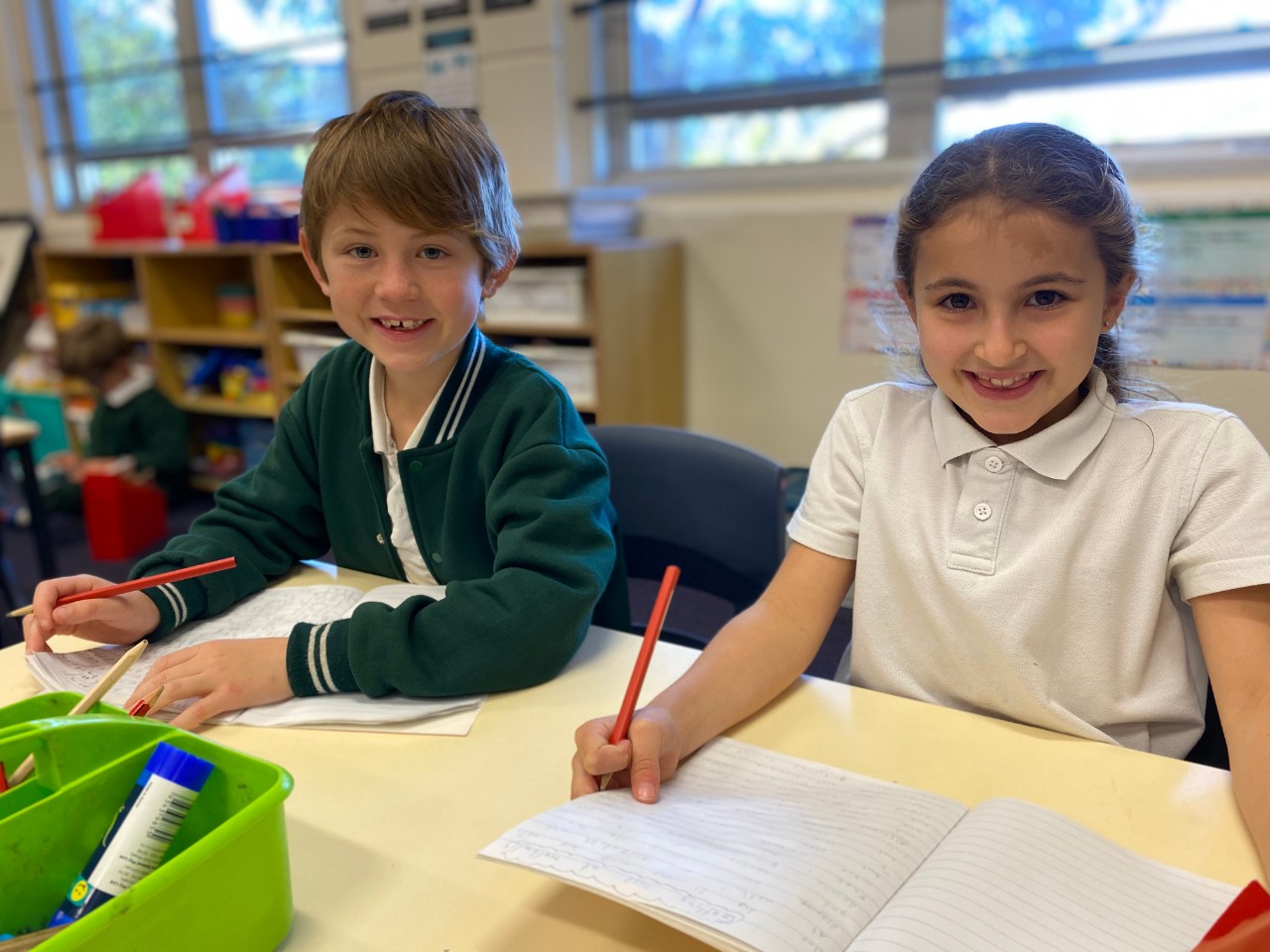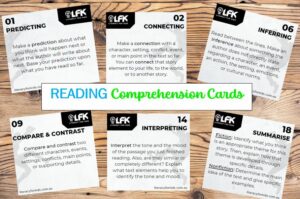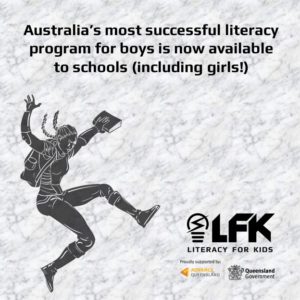4 Ways to Cleverly Sneak Writing into Other Subject Areas

If you’re getting pushback from students about writing tasks, you will find today’s article helpful. Just like when parents sneak vegetables into their children’s dinner and snacks, the same principle applies when it comes to sneaking writing into other parts of your school day. There are so many great benefits to this, even if your students appear unwilling to write. Remember, you know what’s best for them academically, and by sneaking writing into other content areas, you will see a catalyst for change in how your students view writing.
1) Double Dipping
As you teach a topic/subject area/content area keep in mind, “How can I embed writing here?” Here are some examples:
a) Science: Perhaps you are viewing a video, referencing an article or carrying out an experiment. Ask your students to write down their prediction of what might happen. Write the steps for an experiment or draw and label what they saw in the experiment.
b) Maths: Responding to word problems provides a good example. However, the goal here is just short, quick responses. Can they write a word problem for their partner using these numbers?
3) Social Sciences/HSIE: Write down a fact about a person/topic that the class is studying. Or share two facts that you’ve learned about this person/topic on this sticky note. It doesn’t need to be in full sentences, bullet points are fine. A compare and contrast chart about a person in history/a geographical location/indigenous culture – what is the same/different about then and now? This gets kids making connections between what they have read and responding in short written form.
2) Bling up your Resources!
Use different materials to sneak in extra writing opportunities. Here are some examples: clipboards, index cards, sticky notes, colourful paper, non-traditional paper, ipads, writing on desks with expo whiteboard markers, fluorescent chalk markers for writing on glass – kids can respond in short form via different materials.
This is a great way to practice writing via different materials. Sticky notes are my favourite. For such a tiny square, I find these useful in so many ways. When students are reading class novels, I ask them to jot down ideas (or quotes) as they read and attach the sticky note to certain pages.
For many students, a square sticky note can be a non-threatening tool to express their ideas. We want them to think, “I can write my ideas on this sticky note, no drama.” Another tip: consider shrinking down response worksheets/templates to a non-standard A4 size – it looks different and students react differently to the written task.
3) Questioning
Try this idea once or twice a week: write a ‘ What If?’ question on the board.
Keep it simple, exciting and connected to your topic or content area. When you begin to ask “What if….?” questions you open the door to a fresh perspective. Here are some examples:
What if there were no trees on Earth?
What if ______ were alive today?
What if you could breathe underwater?
Students can write their answers on a sticky note or an index card. There is no wrong answer here. Most importantly, allow time to share as I know that many hands will shoot up!
4) Using partners, buddies or small groups
Instead of thinking of independent work all the time, let students buddy up or work in small groups. Here are some ideas:
- In science experiments, they can write the steps of an experiment and ensure together that they haven’t missed any important information.
- Make posters to share information about a topic.
- Use digital tools to make a presentation – after all, they still need to write information on slides, label information, write a script if narrating.
- Explain how to solve a problem in maths.
- Show their knowledge for a visitor who is coming to your classroom.
In visiting schools, I’ve been discussing the challenges that teachers face when it comes to writing with our students and how to incorporate more writing into their literacy block. However, there are definitely more ways to get your students writing, without them even knowing it!
I hope that you found the above suggestions to be easy, quick, and allow students to make connections amongst a variety of content areas. By incorporating writing into other content areas, your students will be exposed to more opportunities that will have them practicing their writing skills outside of your designated writing block.
Our literacy programs can also be your co-teacher and springboard for writing tasks! With hundreds of kid-centric topics, our programs have been proven to lift literacy in schools and at home. Contact us today.
Our Results
An effective reading program needs to be backed by strong results. Literacy for Boys was independently tested in one of the largest State Primary schools in Qld. Students in Years 3 to 6 improved their reading, spelling and comprehension ages by an average of 12 months after only 18 weeks on our program! Click here for the full report.
Contact us if you’d like to trial Literacy for Boys or Literacy for Kids in your school.
info@literacyforboys.com.au
info@literacyforkids.com.au
Want your students to finish strong in their literacy? Want more from your literacy program? Contact us for a 30-day free trial in your school or classroom. New schools receive these great ‘Turn and Talk’ comprehension cards for their classroom ~

Student Comprehension Cards
Check out our blogs for more ideas and tips.
5 Ways to Build Student Confidence
Identify Comprehension Gaps with these great cards
Steps to Successfully Support Disengaged Learners
See us featured in The Educator Australia magazine
Research confirms that early reading boosts literacy
Boys Love LFB – Here’s what they have to say!
Get boys reading in the digital age
Why write? Tips for reluctant writers
Brought to you by Tanya Grambower


